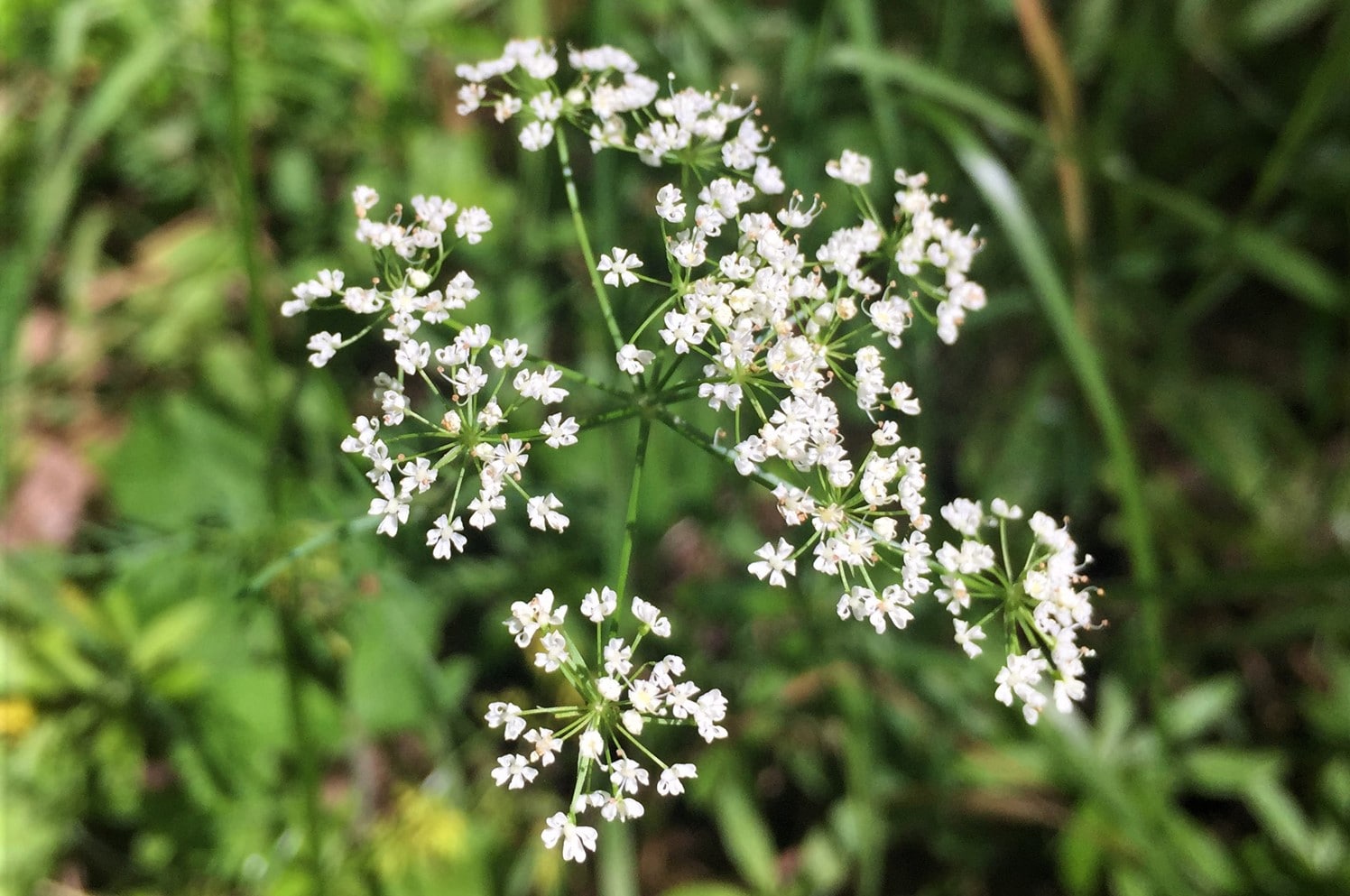
Ever wondered about the pignut? This fascinating plant, also known as Conopodium majus, hides underground treasures. Found in woodlands and meadows, it’s a small, edible tuber that has been a food source for centuries. But what makes the pignut so special? Pignuts are not just any wild plant; they have a rich history and unique characteristics that set them apart. From their delicate white flowers to their nutty flavor, there's much to learn about this humble tuber. Ready to dig deeper into the world of pignuts? Let’s uncover 15 intriguing facts about this remarkable plant.
Key Takeaways:
- Pignut, also known as Conopodium majus, is a small, nutty-tasting tuber found in Europe. It has a rich history of being foraged and used for its nutritional benefits.
- Pignuts are not only delicious but also offer essential vitamins and minerals, making them a healthy and sustainable snack option. They are also a favorite treat for wild boars and pigs!
What is Pignut?
Pignut, also known as Conopodium majus, is a small, edible tuber found in Europe. It has a nutty flavor and is often foraged in the wild. Let's dive into some fascinating facts about this unique plant.
Pignut's Botanical Background
Understanding the botanical aspects of pignut can provide insight into its growth and uses.
- Scientific Name: The scientific name for pignut is Conopodium majus. It belongs to the Apiaceae family, which includes carrots and parsley.
- Appearance: Pignut plants have delicate, feathery leaves and small white flowers. The tubers are small, round, and brown.
- Habitat: Pignuts thrive in woodlands, meadows, and grassy areas across Europe. They prefer well-drained, sandy soils.
- Growth Cycle: Pignuts are perennial plants. They grow and die back each year, with tubers remaining underground during winter.
Historical Uses of Pignut
Pignut has a rich history of use in various cultures.
- Ancient Foraging: Historically, pignuts were foraged by humans and animals alike. They were a valuable food source during times of scarcity.
- Medicinal Uses: In traditional medicine, pignuts were used to treat digestive issues and as a diuretic.
- Culinary Uses: Pignuts were often roasted or eaten raw. Their nutty flavor made them a popular snack among foragers.
Nutritional Value of Pignut
Pignuts are not just tasty; they also offer nutritional benefits.
- Rich in Carbohydrates: Pignuts are high in carbohydrates, providing a quick energy source.
- Vitamins and Minerals: They contain essential vitamins and minerals, including vitamin C, potassium, and magnesium.
- Low in Fat: Pignuts are low in fat, making them a healthy snack option.
Modern-Day Foraging and Uses
Today, pignuts are still foraged and enjoyed by many.
- Foraging Popularity: Foraging for pignuts has seen a resurgence in popularity due to the growing interest in wild foods.
- Gourmet Ingredient: Some chefs use pignuts in gourmet dishes, highlighting their unique flavor.
- Sustainable Foraging: Pignuts are considered a sustainable food source when foraged responsibly.
Fun Facts About Pignut
Let's explore some quirky and lesser-known facts about pignuts.
Pignut Hickory's Hidden Wonders
Pignut Hickory trees, often overlooked, pack a punch with their unique characteristics and ecological benefits. These trees, native to North America, thrive in diverse environments, showcasing their adaptability. Their hardwood is prized for its strength and durability, making it a favorite for tool handles and furniture. The nuts, though bitter, provide food for wildlife, contributing to the ecosystem's balance.
Beyond their practical uses, Pignut Hickories play a crucial role in soil stabilization and carbon sequestration, helping combat climate change. Their deep roots prevent erosion, while their leaves capture carbon dioxide, improving air quality.
Understanding these facts about Pignut Hickory trees highlights their importance in both natural habitats and human industries. Next time you see one, remember the hidden wonders they offer, from supporting wildlife to providing valuable resources.
Frequently Asked Questions
Was this page helpful?
Our commitment to delivering trustworthy and engaging content is at the heart of what we do. Each fact on our site is contributed by real users like you, bringing a wealth of diverse insights and information. To ensure the highest standards of accuracy and reliability, our dedicated editors meticulously review each submission. This process guarantees that the facts we share are not only fascinating but also credible. Trust in our commitment to quality and authenticity as you explore and learn with us.


